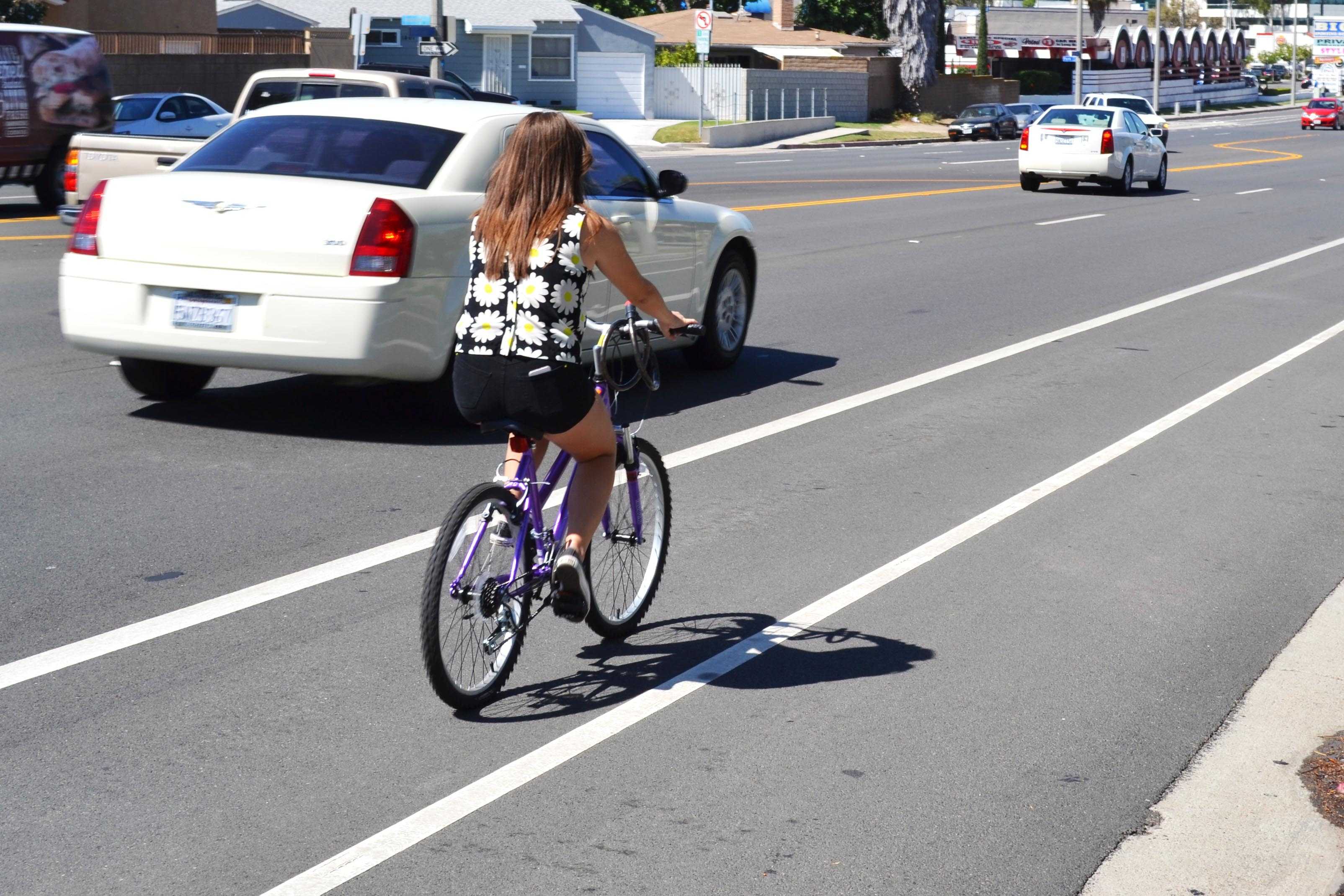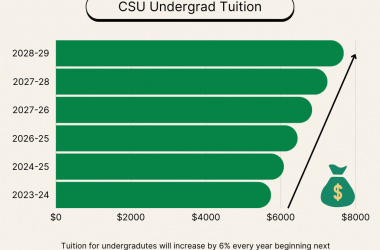On Sept. 20, Gov. Jerry Brown signed into law Assembly Bill No. 1193, the Protected Bikeways Act of 2014. The Protected Bikeways Act is a push by the state government to encourage an increase in bicycle use and other alternative means of transportation.
The piece of legislation aims to help the state accomplish its goal of reducing carbon emissions, promoting healthier lifestyles and stimulating the economy. The Protect Bikeways Act will increase the power of the state Department of Transportation to regulate minimum safety standards for bikeways and adds a new category of bikeways.
“Unfortunately, too many cities that claim to be interested in promoting bikes are instead spending millions on bike paths that often end up being little used,” Randal O’Toole, an avid bicyclist and Senior Fellow of the Cato Institute for Urban Issues and Transportation said. “As an active cyclist, I find that these bike paths rarely go where I need to go. As a result, they are used for recreation but don’t encourage bicycle commuting or other day-to-day use.
O’Toole said he thinks there are more effective ways to encourage more bike use.
“One way, for example, is to create ‘bicycle boulevards’ on local streets that parallel arterials,” O’Toole said. “The boulevards would have a few traffic calming measures to discourage drivers from using them as through streets and would have a minimal number of stop signs to allow through bicycle traffic.”
Nationwide, only 0.62 percent of US residents use a bicycle to get to work, according to the 2013 U.S. Census. In Long Beach, only 1.23 percent of the population prefers bicycling as a regular mode of transportation to work.
Automobile riders pay for the construction and maintenance of roads through a fuel tax paid at the gasoline pump. The federal fuel tax is 18.4 cents per gallon, and California charges an additional 42.5 cents per gallon in excise and sales tax according to www.boe.ca.gov. Additional taxes are levied at the local level. Los Angeles County currently levies a half-cent “Measure R” general sales tax to meet its regional transportation needs on top of existing funding sources.
Bicyclists do not pay a comparable tax, and most funds for alternative modes of transportation including bicycling, rely on revenues from automobile fuel taxes or general state revenues. The Protect Bikeways Act makes no mention of how any new revenues will be collected.
Along with the Protected Bikeways Act, the California legislature also passed Assembly Bill No. 1183 on Sept. 20; this piece of legislation will allow local government agencies to charge a maximum bicycle registration fee of $5 for the purpose of constructing and maintaining bikeways. This bicycle registration fee is one of the first of its kind; similar attempts in neighboring Oregon and Washington states have failed.
If the registration tax were enacted in Long Beach, approximately $12,950 in gross revenue might be collected at current bicycling rates. Long Beach spent $1,331,799 in five years on bicycling infrastructure according to the city’s bicycle master plan, according to www.bikelongbeach. Maintaining existing bikeways costs Long Beach $1,500-2,000 per mile per year; price varies depending on the bikeway class in question. Constructing new bikeways is estimated to cost a half-million dollars a mile, with price variations depending on the class of bikeway.





I’m sure the California highway department alone wastes more than $1.3 million every 5 years just idling their cars and trucks. Long Beach would have to collect $5 bike registration fees for more than 20 years to save up funds for bike improvements. On the plus side, $5 is not much to stem the tears of cry baby conservatives. Bike fees…a red herring. Won’t change a thing.